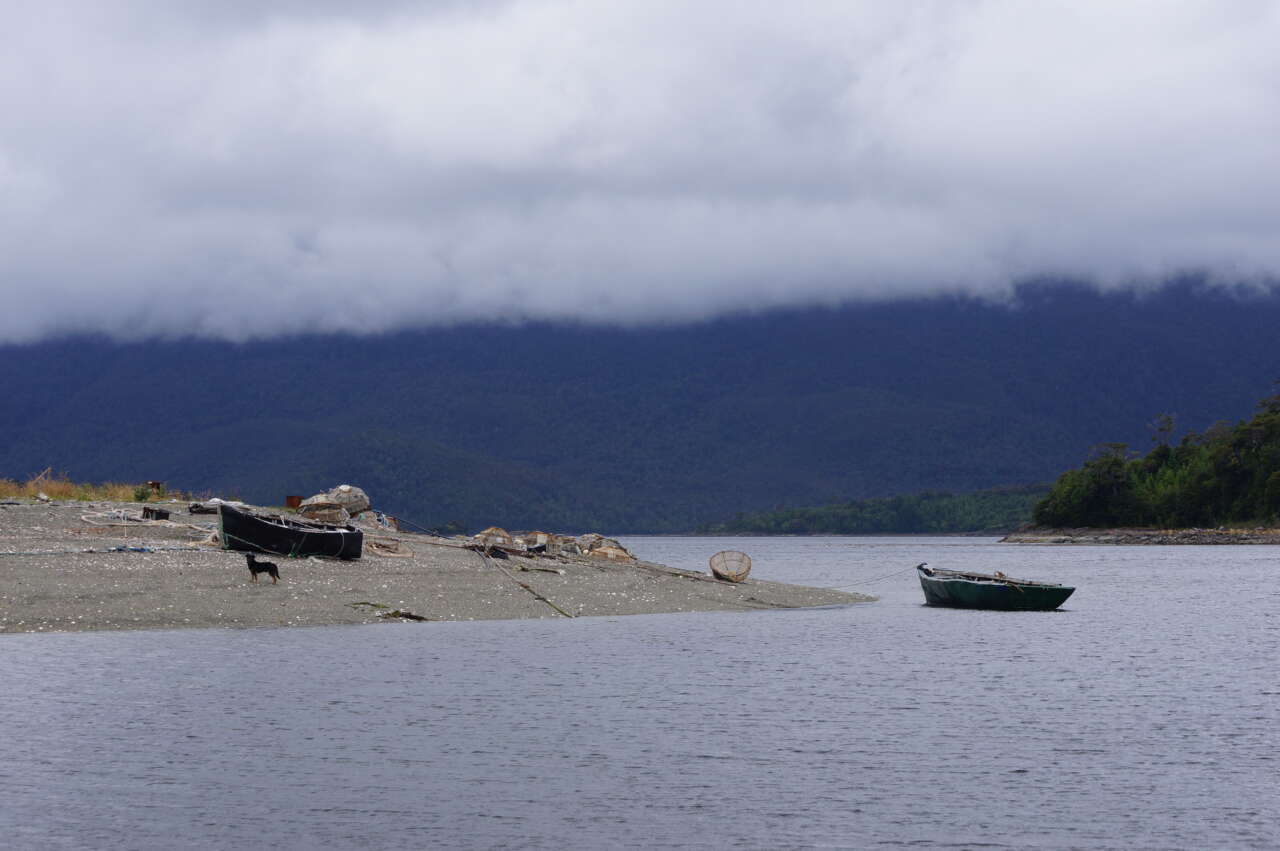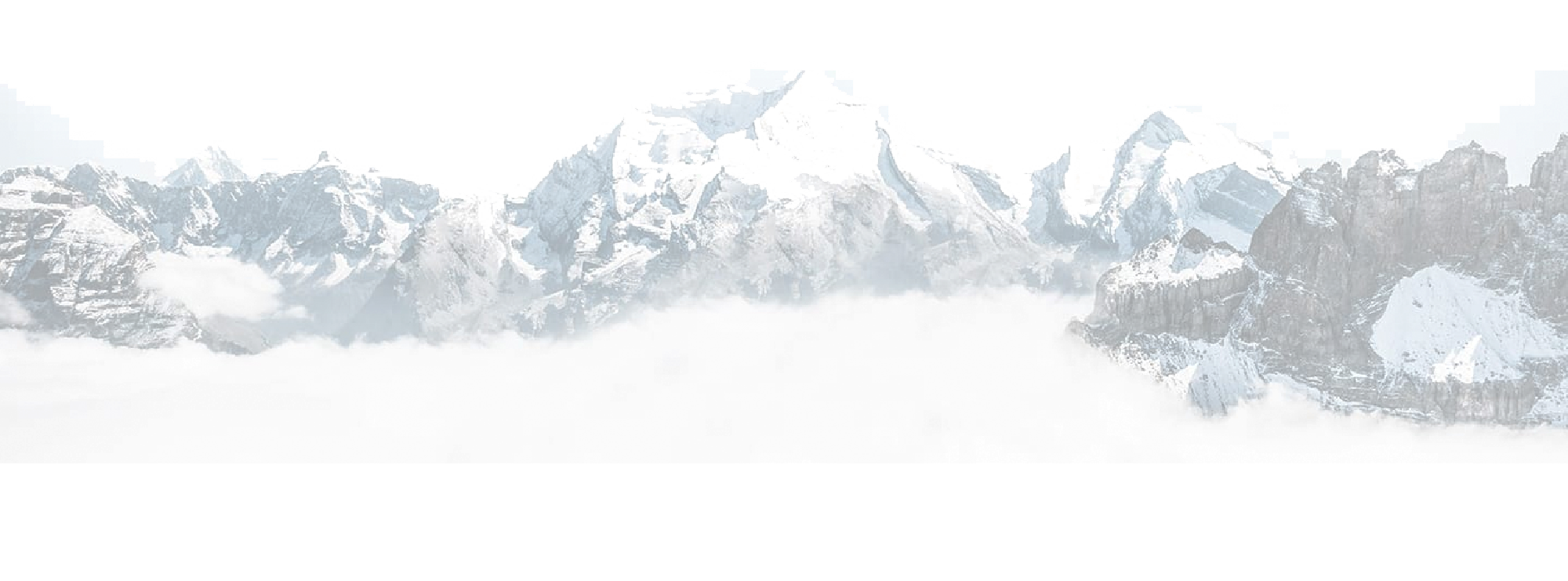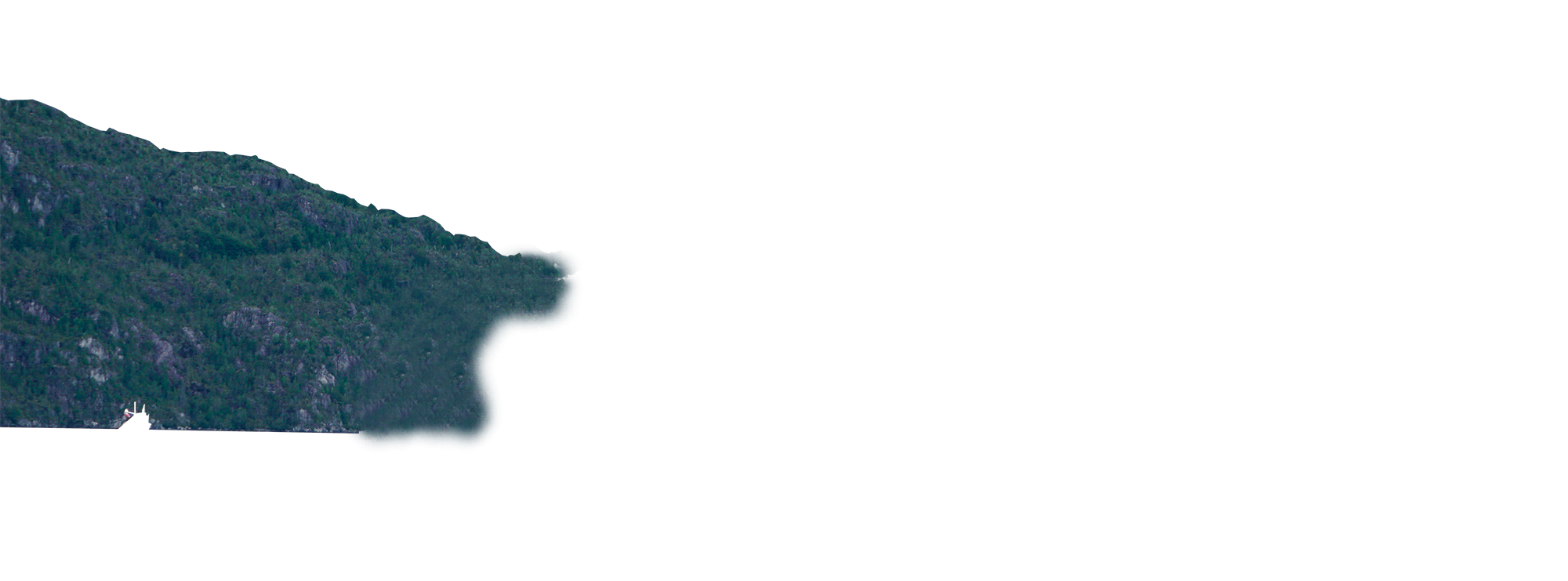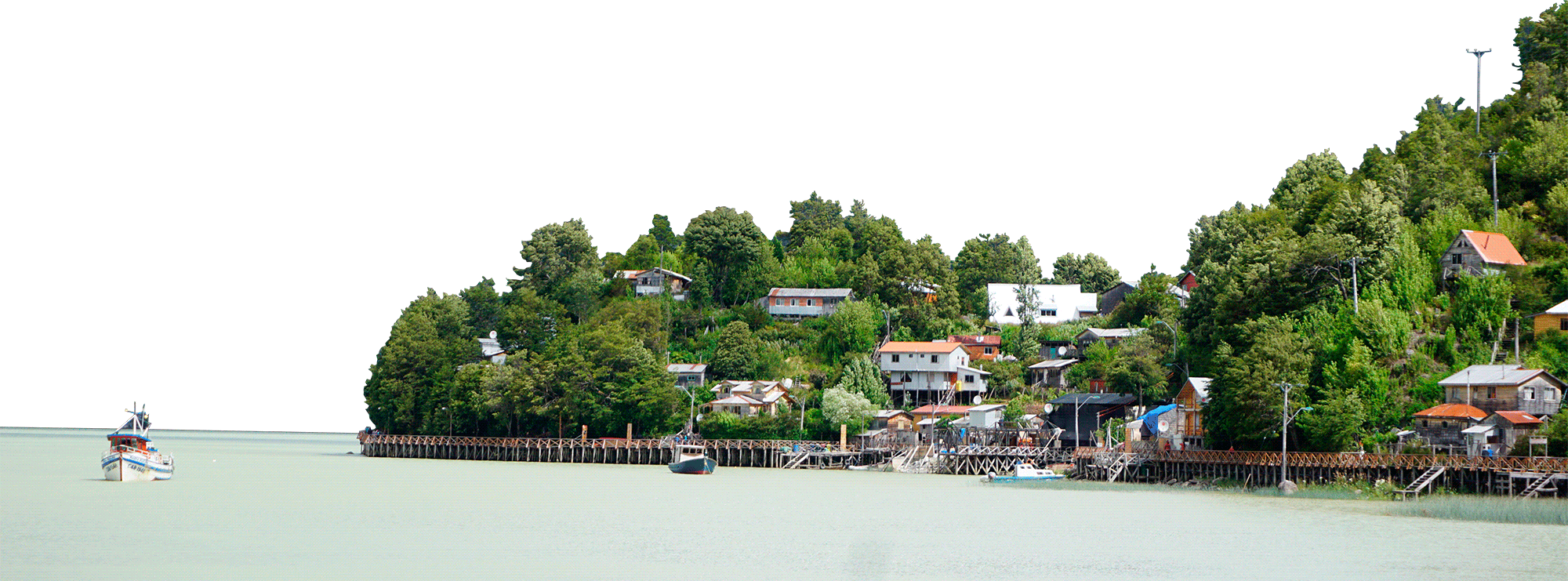


Artificial light at night (ALAN) is a pervasive but still under-recognized driver of global change. In coastal settings, a large majority of the studies assessing ALAN impacts has focused on individual species, even though it is unclear whether results gathered from single species can be used to predict community-wide responses. Similarly, these studies often treat species as single life-stage entities, ignoring the variation associated with distinct life stages. This study addresses both limitations by focusing on the effects of ALAN on a sandy beach community consisting of species with distinct early- and late-life stages. Our hypothesis was that ALAN alters community structure and these changes are mediated by individual species and also by their ontogenetic stages. A field experiment was conducted in a sandy beach of north-central Chile using an artificial LED system. Samples were collected at different night hours (8-levels in total) across the intertidal (9-levels) over several days in November and January (austral spring and summer seasons). The abundance of adults of all species was significantly lower in ALAN treatments. Early stages of isopods showed the same pattern, but the opposite was observed for the early stages of the other two species. Clear differences were detected in the zonation of these species during natural darkness versus those exposed to ALAN, with some adultjuvenile differences in this response. These results support our hypothesis and document a series of changes affecting differentially both early and late life stages of these species, and ultimately, the structure of the entire community. Although the effects described correspond to short-term responses, more persistent effects are likely to occur if ALAN sources become established as permanent features in sandy beaches. The worldwide growth of ALAN suggests that the scope of its effect will continue to grow and represents a concern for sandy beach systems.









